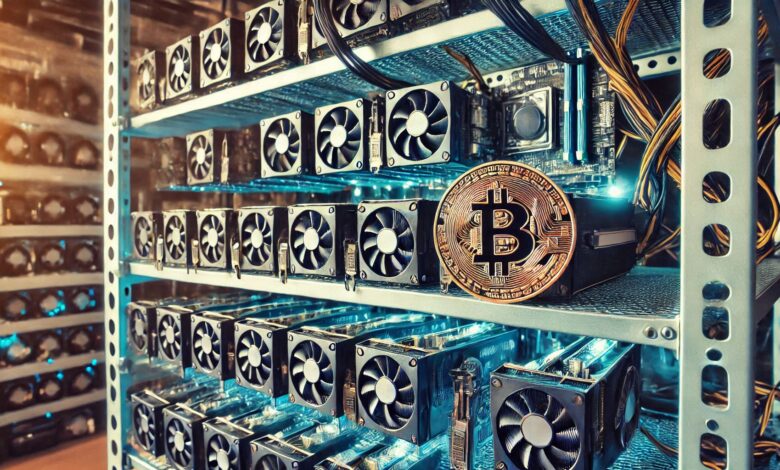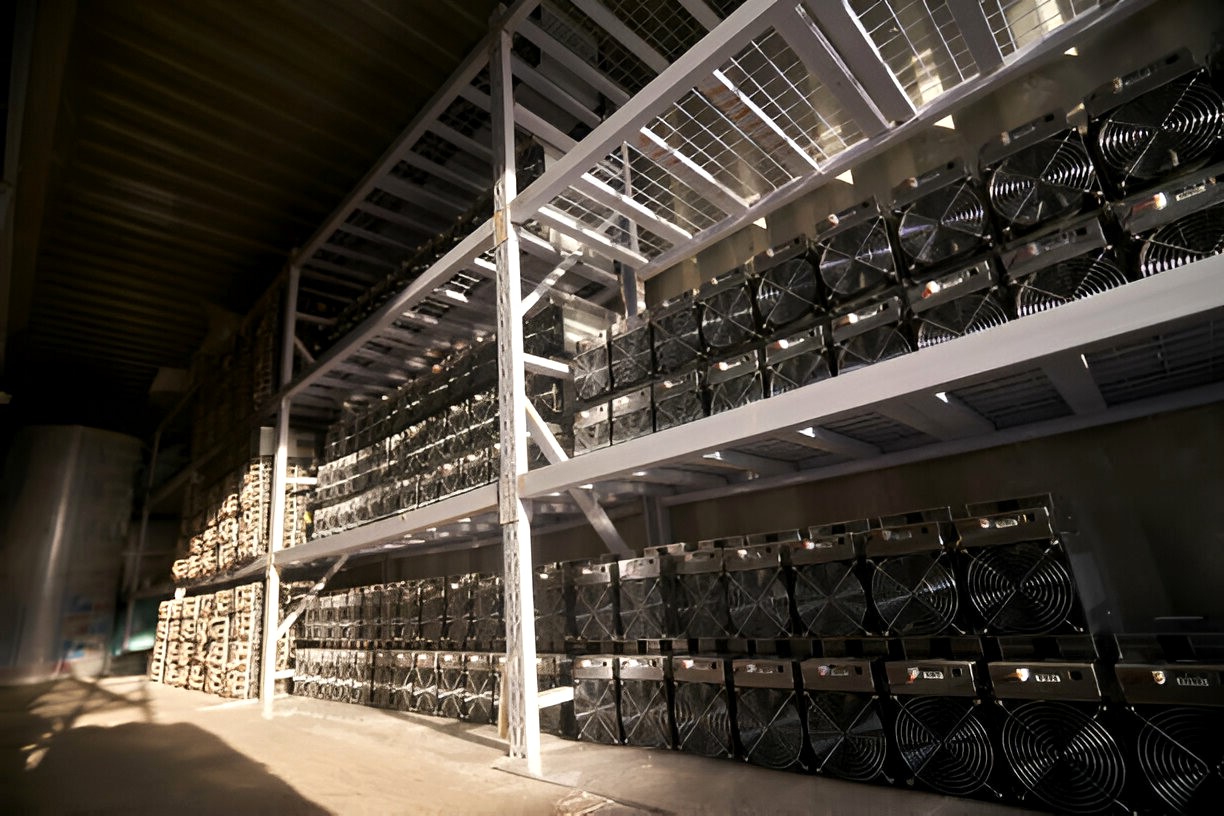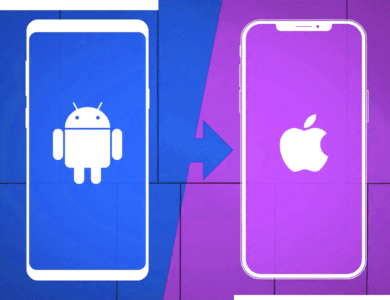A Beginner’s Guide to Mining Bitcoin at Home in 2025
Bitcoin mining has grabbed the attention of several individuals, providing a distinctive method of engaging in the cryptocurrency industry and potentially generating additional income.

Bitcoin mining has grabbed the attention of several individuals, providing a distinctive method of engaging in the cryptocurrency industry and potentially generating additional income. Mining Bitcoin at home requires more than just turning on a machine and hoping for luck.From learning the basics of Bitcoin mining to configuring your hardware, keeping costs in check, overcoming obstacles, and avoiding danger, this guide covers it all.
What is Bitcoin mining?
The act of verifying transactions on the Bitcoin blockchain is known as mining. To protect the network and validate transactions, miners employ specialized technology to solve complicated mathematical riddles. Miners are rewarded with freshly created Bitcoin for their efforts.
Why is mining important?
Bitcoin mining serves two primary purposes:
- Transaction Verification: Miners confirm the legitimacy of Bitcoin transactions, ensuring there’s no double-spending or fraud.
- Mining is the process that introduces new Bitcoins into circulation.
A mechanism known as mining difficulty makes the mining process more difficult as more miners join the network. This ensures Bitcoin remains scarce and valuable.
Why Consider Mining Bitcoin at Home?
Mining Bitcoin at home may seem daunting, but it can be rewarding for those willing to invest time and effort. Here are the pros and cons of home mining:
Benefits of mining Bitcoin at home
- Engaging in mining offers a hands-on approach to comprehending Bitcoin and blockchain technology.
- Potential for Profit: With the right setup, you can earn Bitcoin over time.
- Independence: You’re in control of your mining operation without relying on external services.
Essential Tools for Mining Bitcoin at Home
To mine Bitcoin at home, you’ll need specific tools and equipment. Each component plays a vital role in ensuring efficiency and profitability.
Mining Hardware
The heart of your mining operation is the hardware. The most common options are:
- ASIC miners, also known as application-specific integrated circuits, are machines specifically designed for Bitcoin mining, providing high efficiency and speed. Popular models include:
- Bitmain Antminer S19 Pro
- MicroBT WhatsMiner M30S+
- GPUs (Graphics Processing Units): Despite being less efficient than ASICs, GPUs are still capable of mining Bitcoin and other cryptocurrencies.
Mining Software
Once you have your hardware, you’ll need software to control it and connect to the Bitcoin network. Recommended options include:
- CGMiner: Open-source software compatible with most ASICs.
- BFGMiner offers advanced customization options for experienced miners.
- NiceHash: beginner-friendly software that simplifies the mining process.
Additional Essentials
- Power Supply: Ensure your electricity setup can handle the power demand of your hardware.
- Cooling System: Mining rigs produce a lot of heat, so a cooling solution is necessary to prevent overheating.
- Reliable Internet Connection: A stable connection is crucial for uninterrupted mining.
Step-by-Step Guide to Setting Up a Home Bitcoin Mining Rig
Step 1: Choose a suitable location.
Select a well-ventilated and low-noise area in your home. Mining rigs can be noisy and produce significant heat, so avoid areas where these factors could be disruptive.
Step 2: Assemble Your Equipment
- Set up your ASIC miner or GPU rig.
- Connect the hardware to a power supply, cooling system, and internet.
Step 3: Install Mining Software
Download and install the mining software of your choice. Follow the setup instructions to link your software to your hardware.
Step 4: Join a Mining Pool
Mining Bitcoin solo can be difficult and time-consuming. Joining a mining pool allows you to combine resources with other miners and earn consistent rewards. Popular mining pools include:
Step 5: Test and monitor.
Run your rig to ensure everything is functioning correctly. Use the software dashboard to track performance and troubleshoot any issues.
Bitcoin Mining Pools Explained
Mining Bitcoin on your own can be a slow process, as earning rewards depends on solving mathematical puzzles before anyone else. This is where mining pools come into play.
What Are Mining Pools?
Mining pools are groups of miners who combine their computing power to increase their chances of solving blocks. Participants share rewards according to the amount of work they contribute. Popular mining pools include:
- Slush Pool: One of the oldest and most trusted pools
- Bitmain, a leading ASIC manufacturer, operates AntPool
- F2Pool is renowned for its user-friendly interface and global presence, as evidenced by its official site.
Benefits of Mining Pools
- Consistent Earnings: You will receive smaller but regular payouts compared to mining solo.
- Reduced Variability: Mining pools reduce the chances of long periods without rewards.
- Ease of setup: Most mining pools offer straightforward instructions for joining.
Drawbacks of Mining Pools
- Fees: Pools charge fees, typically ranging from 1% to 3% of earnings.
- Centralization Risks: Large pools can become centralized, which goes against Bitcoin’s decentralized ethos.
Security considerations related to Bitcoin mining
Bitcoin mining, while profitable, also involves security risks. Understanding these can help protect your equipment and earnings.
Protecting Your Mining Hardware
- Physical Security: Keep your mining rig in a safe location to avoid theft or tampering.
- Cooling Systems: Prevent overheating by installing adequate ventilation and cooling.
Cybersecurity Risks
- Malware: Mining malware has the potential to infect your device, stealing computing power or compromising your earnings. Protect your system with robust antivirus software.
- Hacking: Make sure your mining rig is secure with strong passwords and up-to-date firmware if it’s online.
- Phishing Scams: Be cautious of fake mining pools or software that can steal your credentials and Bitcoin.
Protecting Earnings
- Secure Wallets: Store mined Bitcoin in a secure wallet, preferably a hardware wallet like Ledger or Trezor.
- Regular Backups: Keep backups of wallet keys and important data in case of system failure.
Tips for Making Home Bitcoin Mining Profitable.
1. Optimize Electricity Costs
- Invest in energy-efficient mining hardware to reduce power consumption.
- Operate your rig during off-peak hours when electricity rates are lower.
- Explore renewable energy options, such as solar panels, to cut costs.
2. Monitor Bitcoin prices.
The profitability of mining depends heavily on Bitcoin’s market value. Monitor price trends and consider selling your mined coins during price spikes.
3. Join a Reputable Mining Pool
Mining pools increase your chances of earning rewards. Look for pools with low fees and excellent reputations for reliability and transparency.
4. Maintain Your Equipment
- Clean your hardware regularly to prevent dust buildup, which can cause overheating.
- Check connections and update your mining software to ensure optimal performance.
Challenges of Mining Bitcoin at Home (And Solutions)
High Electricity Costs
Electricity bills can make mining unprofitable. To mitigate this:
- Use energy-efficient hardware.
- Consider relocating your rig to a region with lower electricity rates.
Heat and noise.
Mining rigs generate significant heat and noise. Manage these issues with:
- Proper ventilation and cooling systems.
- Soundproof enclosures to minimize noise.
Regulatory Compliance
Some regions have strict rules regarding cryptocurrency mining. Check local laws before starting your operation to avoid legal trouble.
Risks involved in Bitcoin mining
While Bitcoin mining offers potential rewards, it also comes with notable risks that every beginner should consider.
Financial Risks
- High Initial Investment: The cost of mining hardware, software, and setup can be significant.
- Unpredictable Profitability: Fluctuating Bitcoin prices and mining difficulty levels can impact your earnings.
- Electricity Costs: Mining hardware consumes a lot of energy, leading to expensive electricity bills that may exceed earnings.
Technical Risks
- Hardware Failures: Mining equipment can overheat or break down if not properly maintained.
- Software Vulnerabilities: Outdated or poorly configured software can lead to inefficiencies or security breaches.
Regulatory Risks
- Legal Compliance: Some countries or regions restrict or heavily regulate Bitcoin mining.
- Taxation Issues: Mining income is often taxable, requiring proper documentation and reporting.
Environmental Risks
- Energy Consumption: The high energy demand in mining, particularly when sourced from non-renewable energy, contributes to environmental concerns.
Understanding these risks will help you plan better and make informed decisions before starting a bitcoin minning operation.
Future of Bitcoin Mining at home
Bitcoin mining is constantly changing, and staying updated is crucial for long-term success. Here are some trends to watch:
- Improved Hardware: Manufacturers are developing more efficient ASICs that consume less energy.
- Green Mining: Renewable energy solutions are becoming popular among miners looking to reduce their environmental impact.
- Every four years, there is a halving of Bitcoin rewards, which significantly impacts profitability. Understanding these events is key to planning your mining strategy.
The Bottom Line
Mining Bitcoin at home can be an exciting and rewarding experience, but it requires careful planning and a willingness to adapt. Start by understanding the basics, investing in the right tools, and managing costs effectively. The right strategies can address challenges like electricity costs and regulatory concerns.





